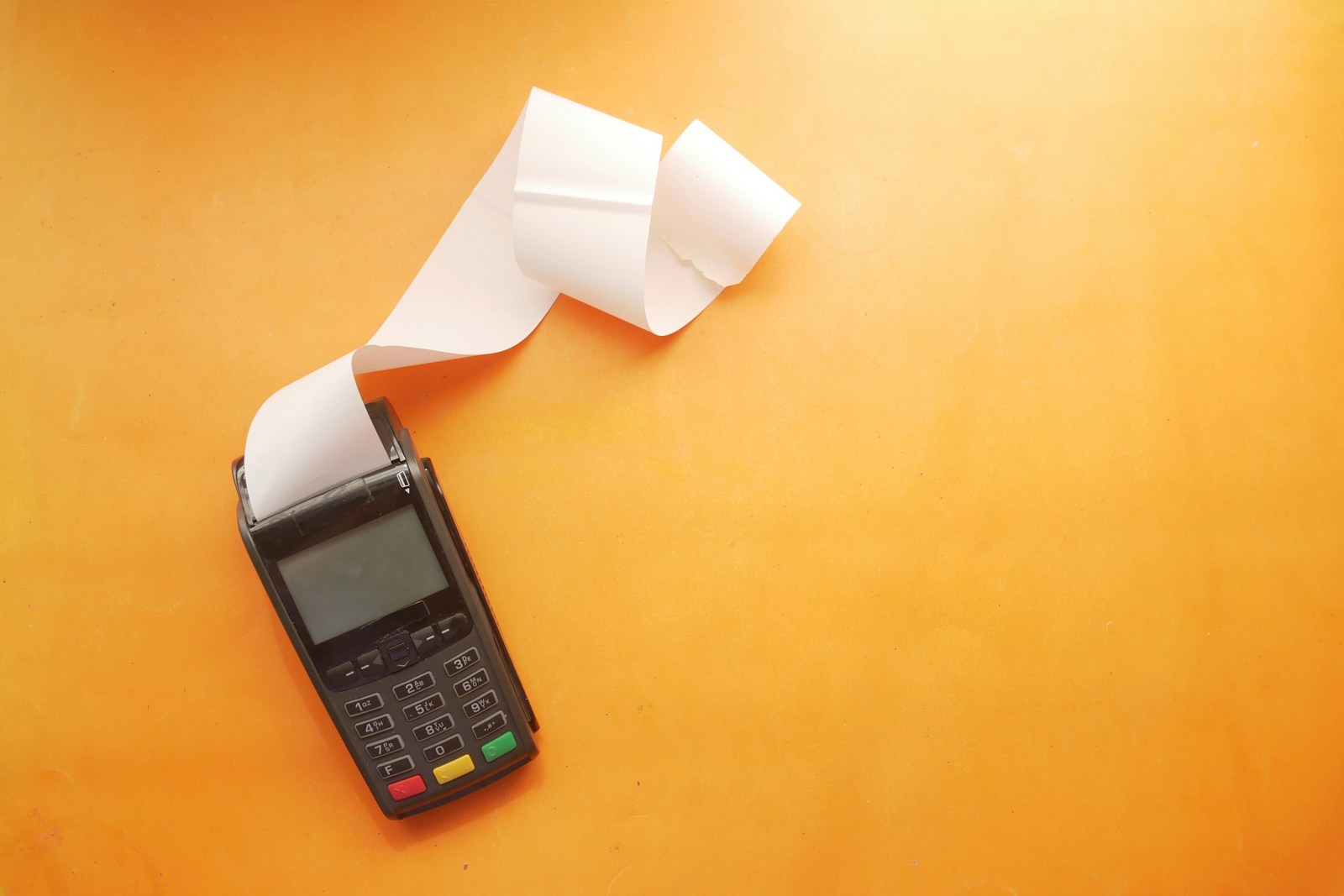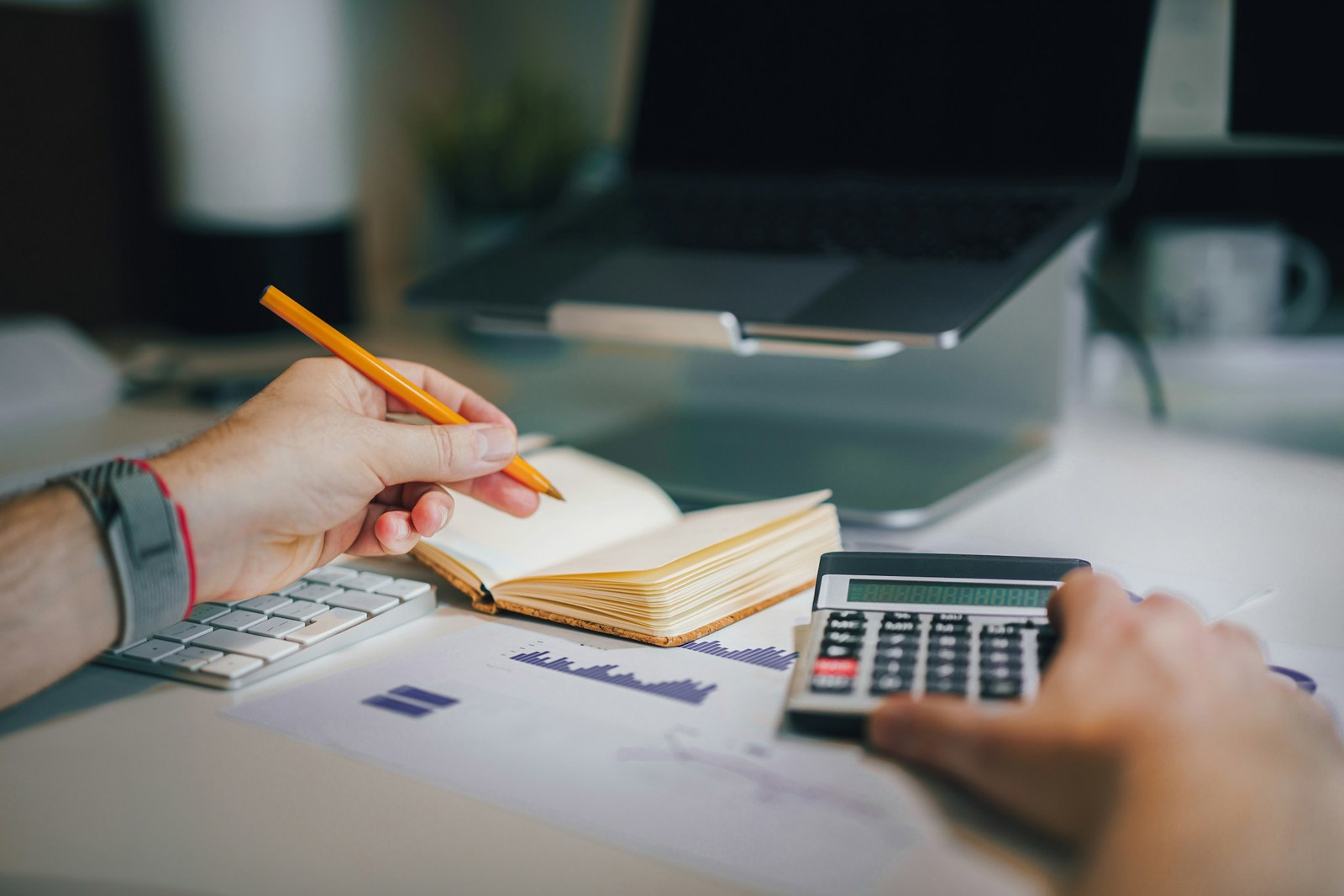Are you a new business? Or an existing business interested in our services?
Get a quote
![Umbraco.Cms.Core.Models.MediaWithCrops`1[Umbraco.Cms.Web.Common.PublishedModels.Image]](/media/3d2ek144/typing-on-computer.jpg?width=375)
Understanding how you’ll be taxed can be a daunting prospect when you’re going self-employed.
As an employee, you typically won’t have to worry about paying your tax – it will simply be deducted from your pay at the end of the month.
But this isn’t the case for self-employed persons. Staying on top of your tax – alongside your day-to-day work – is a stressful chore, which is why we offer dedicated accountancy services for self-employed persons.
In this guide from Brearley & Co’s experts, you’ll find everything you need to know about tax for self-employed persons, like when tax is due, finding your tax code, and getting tax refunds.
The government website has a Check Employment Status for Tax (CEST) tool which you can use to find out if you should be classed as self-employed for tax purposes.
It’s important to remember that HMRC may see someone as self-employed for tax purposes even if they have a different status according to employment law.
If you’re classed as self-employed and expect to earn more than £1,000 in a tax year, you’ll need to register for Self Assessment.
Speak to specialist accountants if you’re uncertain about whether you’re self-employed for tax purposes.
In the UK, a person can earn up to £12,570 in the 2025/26 tax year before paying tax. This figure is known as the Personal Allowance.
You’ll pay tax on anything above this amount – we've detailed the rates you’ll be subject to below.
When you’re self-employed, you pay income tax on your trading profits – which is what’s left after you’ve deducted business-related expenses.
This is different from employees, who pay income tax on total income.

These are the latest tax rates for self-employed persons in England, Northern Ireland, and Wales:
£0 - £12,570 – 0% (Personal Allowance)
£12,571 - £50,270 – 20% (Basic rate)
£50,271 - £125,140 – 40% (Higher rate)
Above £125,141 - 45% (Additional rate)
This means that if you earn £40,000 in a tax year, you’ll only pay 20% tax on £27,430. The first £12,570 is tax free, as it counts as your Personal Allowance.
Your Personal Allowance is reduced by £1 for every £2 your trading profits are over £100,000.
This means that your allowance is zero if your trading profits are £125,140 or above.
For example, if your trading profits are £101,000, you’ll lose £500 of your Personal Allowance – which is then taxed at the 40% higher rate.
As we’ve mentioned, you pay tax on your trading profits when you’re self-employed.
This means you need to deduct business-related expenses from your turnover.
There is a £1,000 allowance you can claim if you’re self-employed, which exempts you from tax for anything up to that amount.
However, if your business expenses are greater than £1,000, you’ll likely be better off deducting your expenses instead of claiming the standard allowance.
The following are listed by HMRC as allowable expenses for self-employed persons:
Determining which expenses are allowable when you’re self-employed can be a headache. It is a notoriously grey area and a difficult one to get right.
Get in touch if you have any uncertainty about which expenses you can deduct.

You’ll also have to account for National Insurance Contributions (NICs) when you’re self-employed.
The amount you pay is dictated by your annual trading profits. For the 2024/25 tax year, which applies to tax returns due by 31st January 2026, the rates are:
£0 - £6,725 – Voluntary £3.45 per week (Class 2)
£6,725 - £12,569 – £0 per week (Class 2)
£12,570 - £50,269 – 6% (Class 4)
Over £50,270 – 2% (Class 4)
The bands have changed slightly for the 2025/26 tax year, which applies to next year’s tax returns, due 31st January 2027:
£0 - £6,844 – Voluntary £3.50 per week (Class 2)
£6,845 - £12,569 – £0 per week (Class 2)
£12,570 - £50,269 – 6% (Class 4)
Over £50,270 – 2% (Class 4)
Voluntary contributions when your trading profits are below £6,725 mean you can build towards your State Pension (you usually need at least 10 years in which you’ve made contributions).
These contributions also allow you to qualify for other benefits like Maternity Allowance and Bereavement Support.
When your trading profits are between £6,725 and £12,569, you don’t need to pay – but your contribution will be noted as £0 per week to protect your record.
Self Assessment tax returns, which self-employed persons earning more than £1,000 in a tax year must complete, are always due on 31st January.
You’ll usually need to register for Self Assessment by early October the year before.
‘Payments on account’ - payments towards your next tax bill (Including Class 4 National Insurance if you’re self employed) - are also due on 31st January.
This is the tax you owed in the previous year and is usually payable in two installments - 50% on 31st January and 50% on 31st July.
You must make these two payments, unless either:
When you partner with accountants like Brearley & Co, you won’t have to worry about these deadlines – we'll make sure everything is submitted properly and on time.
See all the key dates for the 2025/26 tax year.
When you’re self-employed, you have a unique taxpayer reference (UTR).
This is a unique 10-digit number that’s assigned to you by HMRC when you register for Self Assessment.
Your UTR number won’t ever change – even if you switch back to employment before returning to self-employment.
You’ll use this number when you’re filing your tax return or managing your tax payments.
You can find your UTR in a few different places:

You can be both self-employed and full-time employed – it's fairly common for people to work a ‘side hustle’ alongside their full-time job.
For your employment income, your income tax and National Insurance will be deducted by your employer through PAYE (HMRC’s Pay As You Earn system), determined by your tax code.
You’ll then need to complete a Self Assessment tax return to report your earnings through self-employment and pay any additional income tax and National Insurance.
It’s important to remember that your Self Assessment will include your full-time earnings as well as your self-employment earnings – so you could potentially fall into a higher tax bracket from your combined earnings.
For example, if you earn £50,000 from your full-time job and £15,000 from you self-employment, the majority of the latter will be taxed at the higher rate of 40%.
To break that example down further:
We understand that tax isn’t straightforward, and even less so when you’re both full-time employed and self-employed. Get in touch if you have any questions about your tax situation.
To pay tax when you’re self-employed, you need to register for Self Assessment and complete a tax return.
Once you’ve registered and received your Unique Taxpayer Reference (UTR), you can pay your tax bill online or use the HMRC app.
You can pay in full or pay in instalments, provided you pay the amount you owe prior to the deadline. You can set up weekly or monthly payments, or make one-off payments via:
If you miss a tax deadline or know you'll have difficulties paying a bill on time, you should contact HMRC as soon as possible.
When you’re partnered with accountants like Brearley & Co, these processes will be completed on your behalf.

If you’ve paid too much tax, you may be able to get a tax refund – also known as a repayment or a rebate.
HMRC has a tax refund tool which allows you to check if you’ve paid too much tax on your Self Assessment tax return.
Depending on your circumstances, you may be directed to sign in to your Self Assessment account and select ‘Request a Repayment.
If you applied for a refund when you completed your tax return, HMRC will usually refund you automatically.
HMRC will normally refund you within two weeks. If you don’t receive the refund, you should wait four weeks before contacting HMRC.
Being self-employed offers a sense of freedom, but there are several responsibilities and challenges that come with it.
Completing tax returns and staying compliant are among these challenges – and can be a significant burden at times.
That’s why expert accountants like Brearley & Co, who specialise in supporting self-employed persons, are so popular in this sector.
We'll handle all the admin associated with Self Assessment and tax returns, ensuring you meet deadlines and maximise your finances.
If you want to avoid the processes explained in this guide, get in touch with our friendly team and arrange a free initial consultation.
Brearley & Co Accountants are pleased to offer a free, no obligation, initial consultation with one of our experts who will be happy to discuss your business needs and how we can help you.
Contact